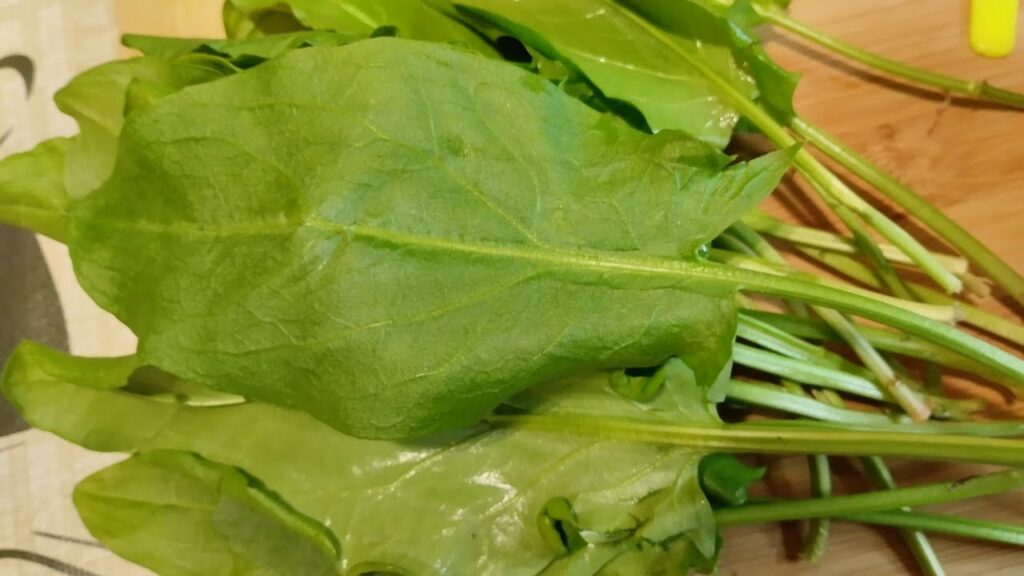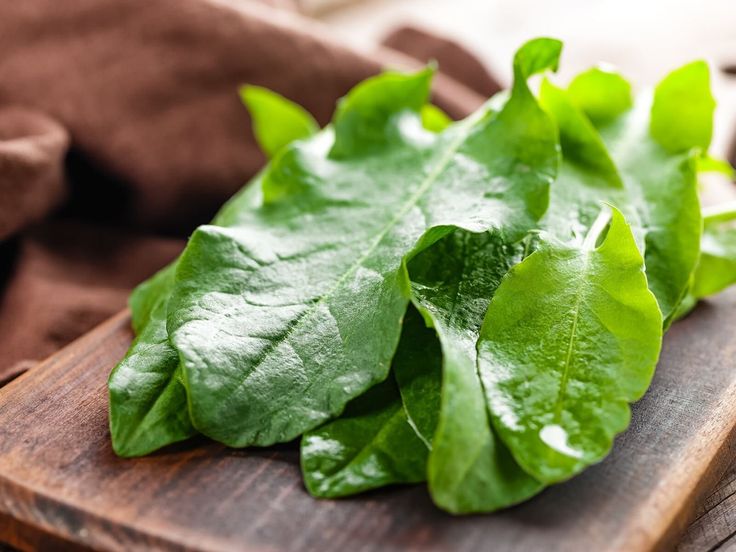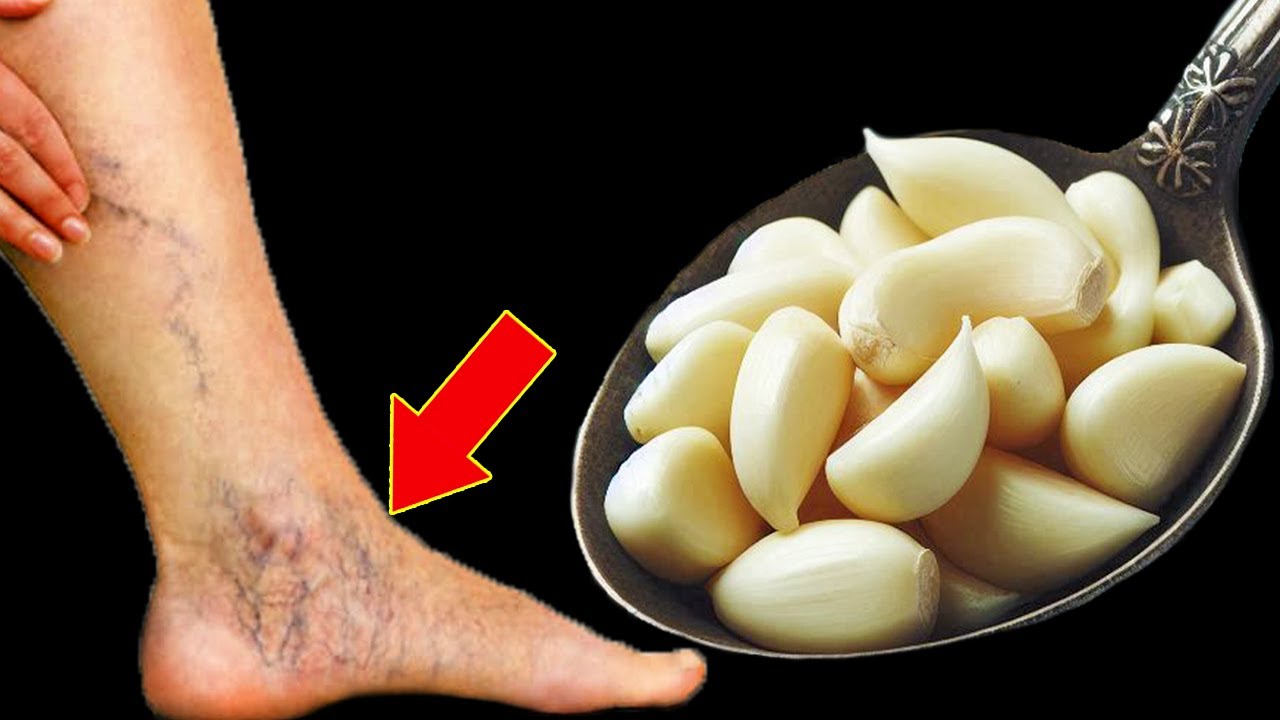
Sorrel is a remarkable and resilient plant that may not always receive the attention it deserves in the world of gardening. Known for its vibrant, lemony flavor, sorrel is not only a culinary delight but also incredibly sturdy and easy to grow. Here’s why you should consider adding this “strongest plant” to your garden and how to enjoy its many benefits.
What is Sorrel?
Sorrel is a perennial herb that belongs to the buckwheat family. It’s recognized for its bright green, spear-shaped leaves and its sharp, tangy taste that can add a kick to any dish. There are several varieties, including garden sorrel and French sorrel, each offering slightly different flavors and uses.
Why Grow Sorrel?
1. Hardiness and Ease of Growing: Sorrel is remarkably resilient and can thrive in a variety of climates. Once established, it requires minimal care, making it an excellent choice for both novice and experienced gardeners.
2. Health Benefits: Sorrel is rich in vitamin C and A, along with essential minerals such as potassium and magnesium. Its high antioxidant content makes it beneficial for boosting the immune system and promoting overall health.
3. Culinary Versatility: Its sharp flavor makes sorrel a unique addition to salads, soups, sauces, and omelets. It’s particularly famous for its role in French cuisine, in dishes like sorrel soup and in sauces for fish.
How to Grow Sorrel
Planting: Sorrel can be grown from seeds or transplants. Plant it in early spring in well-drained soil with a neutral pH. It prefers partial shade but can also manage full sun if not too intense.
Care: Water regularly, especially during dry spells. Sorrel is low-maintenance but benefits from occasional feeding with a balanced fertilizer. Once established, it can tolerate some neglect, making it a great plant for gardeners who don’t want too much fuss.
Harvesting: You can start picking leaves as soon as they’re large enough to use. Regular harvesting encourages the plant to produce new growth. Remember that young leaves are milder in flavor, while older leaves can get quite tart.
How to Use Sorrel in Your Kitchen
-
Salads: Chop fresh sorrel and mix it into green salads for a citrusy punch.
-
Soups: Blend into creamy soups for a rich, tangy flavor.
-
Sauces: Simmer chopped sorrel in cream or butter to create a delicious sauce for fish or eggs.
-
Drinks: Infuse it into a syrup for cocktails or refreshing summer drinks.
Conclusion
Sorrel is undoubtedly a strong contender for any garden, thanks to its robust nature and minimal care requirements. Its health benefits and culinary uses make it a doubly valuable plant. Whether you’re a seasoned gardener or just starting, consider sorrel as a versatile and resilient addition to your garden that will reward you with flavor and vitality through the seasons.





